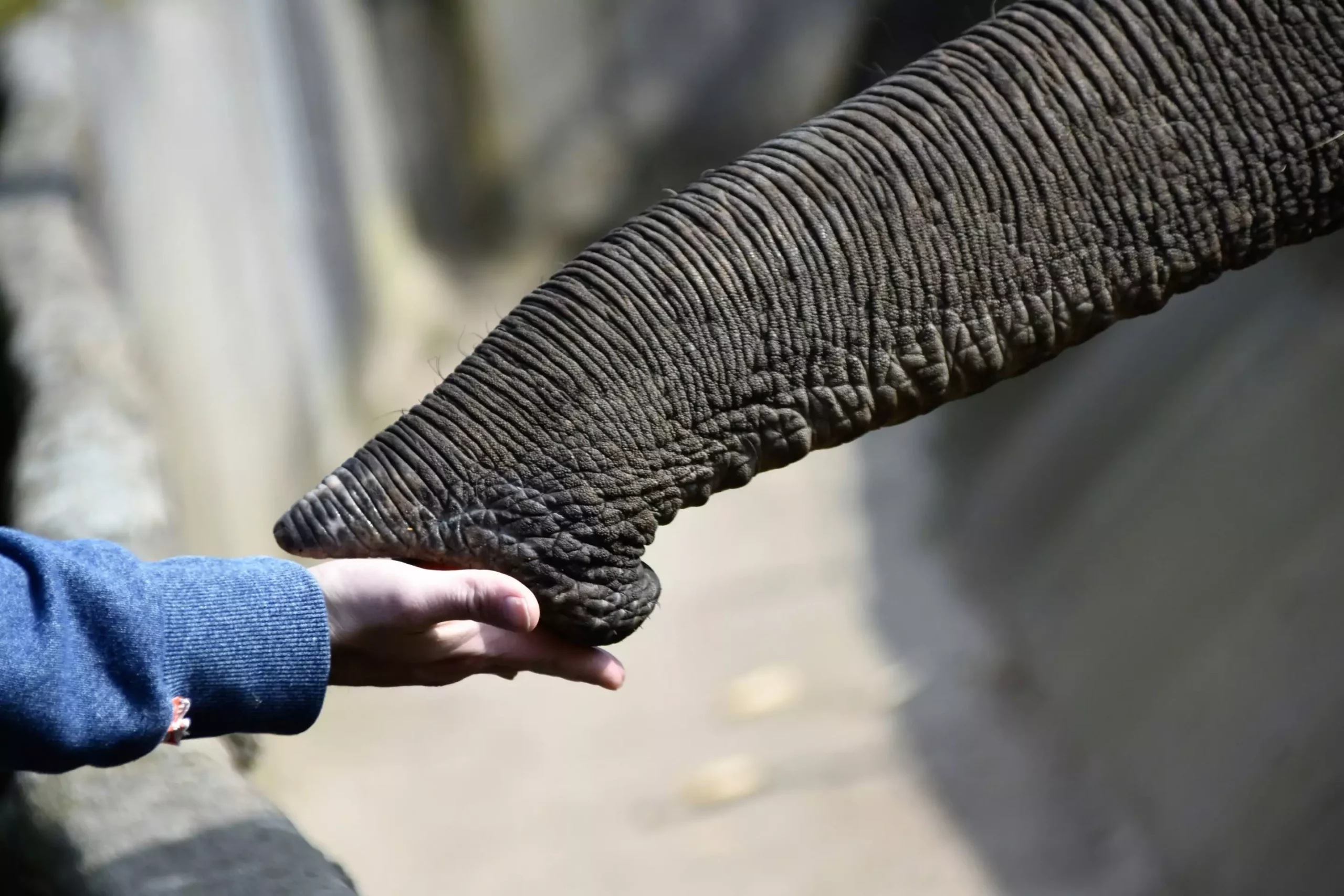The elephant trunk is a remarkable organ that serves a variety of functions for these majestic animals. From eating and drinking water to communication and tool-making, the trunk is incredibly versatile. With six muscle groups and no rigid structure, the trunk is not only strong enough to uproot a tree but also precise in its movements. Researchers have conducted studies to understand the force exerted by the trunk tip of African savannah elephants to enhance the design of robots for gripping and handling objects.
In a research project led by Pauline Costes, six female African savannah elephants in a zoo were tested to determine the maximum pinching force exerted by the tip of their trunks. The trunk, mainly composed of muscles and nerves, demonstrates remarkable power, sensitivity, and precision. Unlike previous studies that focused on the force of the entire trunk, this research honed in on the forcefulness of the trunk tip, specifically the two finger-like protuberances at the tip.
Bio-Inspired Technology
Electronic engineers have long been inspired by the flexibility and functionality of biological tissues in designing robots. The adaptability of the elephant’s trunk has been a particularly intriguing subject for researchers working on grasping and manipulation robotics. By studying the trunk tip’s pinching grasp, researchers discovered that the elephants are capable of picking up small objects with high precision, providing valuable insights for the development of soft grippers in robotics.
The Importance of Soft Grippers
Soft grippers play a crucial role in the functionality of robots, particularly in tasks that require object manipulation and grasping. By mimicking the elephant’s trunk, soft grippers can adapt to cluttered and unpredictable environments by adjusting their shape. This adaptability is essential for robots to effectively interact with various objects, making them ideal for applications in medicine, industry, research, exploration, and agriculture.
The research revealed that the maximum pinch force of an elephant’s trunk tip is significantly higher than that of humans, indicating the potential for developing more advanced soft grippers for robots. By understanding the differences in force exerted by the trunk’s two “fingers,” researchers can further enhance the design of robotic grippers for improved performance and precision. The data collected from these studies can also aid in conservation efforts by providing insights into elephant behavior and habitat interactions.
The intricate strength and precision of an elephant’s trunk offer valuable lessons for the field of robotics and bio-inspired technology. By studying the capabilities of these magnificent creatures, researchers can develop innovative solutions for a wide range of applications, from surgical procedures to agricultural practices. The ongoing exploration of the elephant trunk’s biomechanics holds great promise for the future of robotics and conservation efforts aimed at protecting these gentle giants.


Leave a Reply
You must be logged in to post a comment.